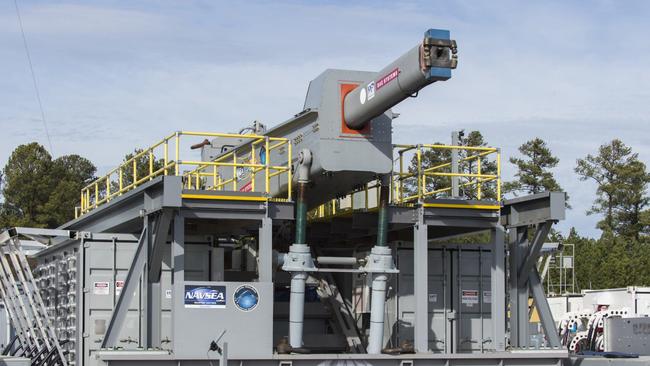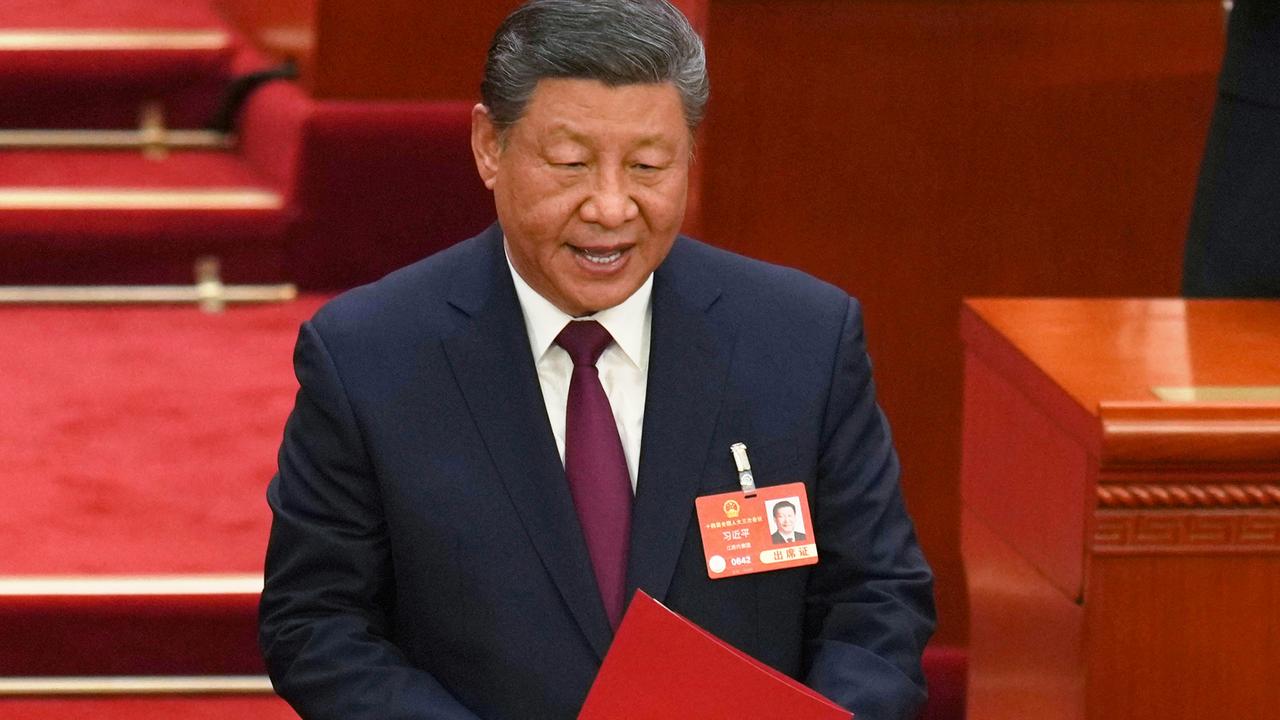Japan plans railgun to shoot down North Korean hypersonic missiles
The project has been given impetus by advances in weaponry, such as the short-range missile NK fired on Monday.

Japan is spending tens of millions of dollars on an electromagnetic railgun that fires supersonic missiles to defend itself from attack by North Korea, China and Russia.
The project has been given impetus by advances in hypersonic weaponry, such as the short-range missile North Korea fired on Monday.
Pyongyang’s state media published photographs of Kim Jong-un, North Korea’s supreme leader, watching the launch, the first test that he has attended since March 2020.
Reports hailed the weapon’s technical sophistication after its first test in September and a second last week.
Research into the railgun has been suspended by the US, which concluded that the potential benefits were not justified by the huge cost.
Tokyo has backed the technology, however, claiming that the number of supersonic weapons fired from the railgun would give them a greater chance of hitting the faster hypersonic missiles that can manoeuvre in midair and evade defence systems.
Hypersonic missiles can reach high speeds and carry nuclear warheads while being manoeuvred as they approach their target, making it difficult for defence shields to intercept them.
The North Korean state news agency reported on Monday that its glide vehicle performed a corkscrew manoeuvre and struck a target in the sea 1000km from its point of launch.
This is the defensive hole that the railgun is intended to fill. Japan’s ministry of defence allocated ¥6.5bn yen ($77m) towards the project over the next financial year.
It said last month: “In order to counter threats such as those posed by hypersonic missiles, the research on future railguns enabling a barrage of gunfire with a high initial velocity will be conducted.”
The US Federal Aviation Administration suspended air traffic for several minutes at some west coast airports, including Seattle, Los Angeles, San Francisco and San Diego, as a precaution when the North Korean test was reported. The missile’s range meant that American territory was not threatened.
The railgun consists of two prongs, or rails, between which an electroconductive projectile is loaded. An electric current is passed up one rail through the projectile and back down the other rail, creating a strong magnetic field that launches the projectile at high speed.
The goal is a weapon that can fire a projectile at 2000 metres per second or more, about six times the speed of sound, compared with 1700m per second for a tank shell. A speed of 2297m per second has been achieved in Japanese tests.
In theory, a barrage of such projectiles could be fired rapidly at close range from a ship, increasing the chances of taking out an incoming missile. China and India have carried out research into railgun technology.
Doubts remain, however, about its cost and technical feasibility.
These include difficulties engineering a suitable barrel, managing the heat generated and the power needed to maintain the electromagnetic pulse, which would be beyond the generating capacity of all but few ships.
The Times



To join the conversation, please log in. Don't have an account? Register
Join the conversation, you are commenting as Logout